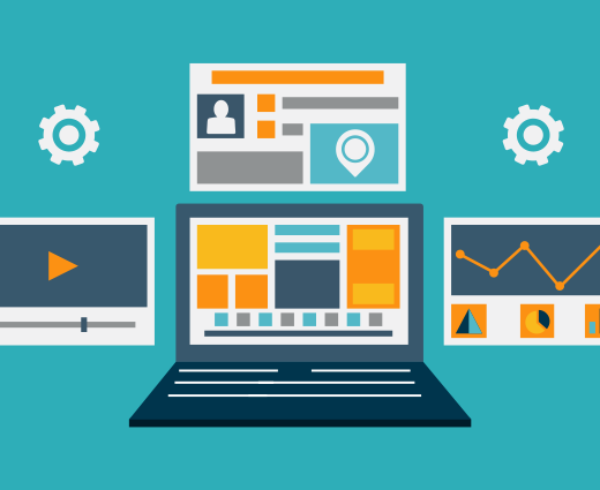One of the best ways to connect with your audience is through the use of an email newsletter. Research has shown that customers are highly receptive to e-newsletters because they liketo stay informed on company updates, promotions and educational information.
Although e-newsletters have a good reputation in the eyes of many consumers, they can quickly turn to “noise” in their inbox if done incorrectly. The following steps are steps for managing a successful e-newsletter program from start to finish:
1. Identify your goals and objectives
Before creating or sending an e-newsletter, you must first identify what you want to accomplish. For example, will your e-newsletter provide a regular communication touch-point to stay top-of-mind with your target audiences? Or, will you use your e-newsletter to educate recipients and build credibility by showcasing thought leadership and industry expertise? Once you identify the purpose of your e-newsletter, it will be easier to create something that aligns with your goals and objectives.
2. Research your target audiences
After identifying the purpose of your e-newsletter, the next step is determining who should receive it so you can develop relevant, compelling content. The last thing you want is for someone who has no interest in your e-newsletter content to receive it. A few examples of your target audiences could be your prospective clients, existing clients, potential referral sources and employees.
3. Set your budget
As your e-newsletter program develops, you will need to plan a budget that is easy to manage and works for your company. Many e-newsletter platforms (like MailChimp) are very inexpensive. But, if you plan to outsource your e-newsletter content development and distribution to a PR agency, then your budget will need to allow for those additional expenses.
4. Create your content
Now that you know what your e-newsletter should accomplish and who should receive it, it’s time to create the content! We usually recommend focusing on developing “news you can use” and informational articles rather than overly promotional sales pitches. For on-the-go readers, consider a mobile-responsive format and sharing news items no longer than a couple of paragraphs each. For example, include short “teasers” that link to the full article on your company blog, thereby driving traffic to the website and triggering helpful link click metrics.
5. Schedule timeline and distribution
Distributing an e-newsletter requires a lot of behind-the-scenes planning. How often you distribute your e-newsletter – monthly, bi-monthly, quarterly, etc. – will determine your timeline for creating content. Allow time for topic development, interviews, writing, layout and approval, as well as importing or updating email subscriber lists.
6. Evaluate your results
This is probably the most important step throughout your entire e-newsletter program. It’s important because it gives you the opportunity to see what’s working and what’s not. From there, you can make tweaks to your e-newsletter to better fit the needs of your readers. Many e-newsletter tools include an easy-to-use reporting system. If your PR agency is handling your e-newsletter, ask them to send a report a week after each newsletter is sent out so you can review the results.
We’ve seen great success in reaching and engaging key contacts through company e-newsletters by following these steps. Contact us today to learn more about how our Content Marketing Services can inform, educate and inspire with compelling e-newsletter content.






